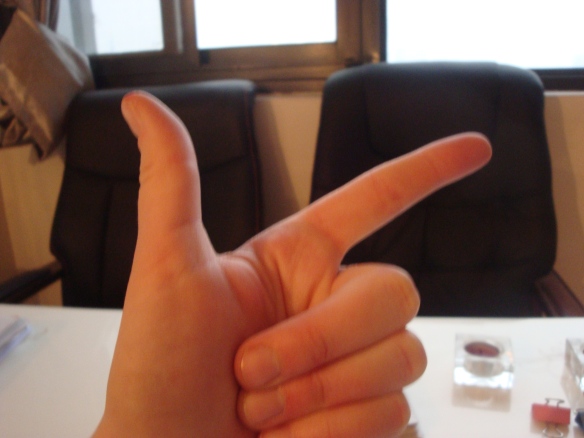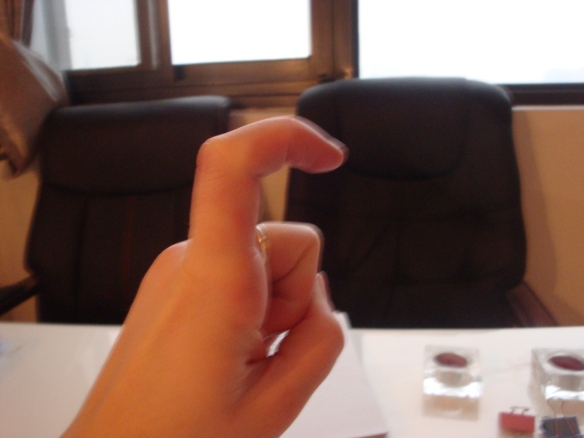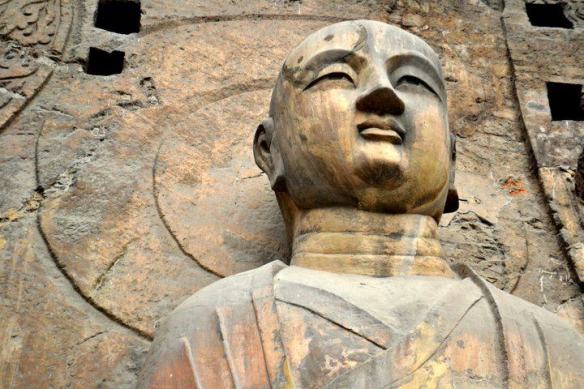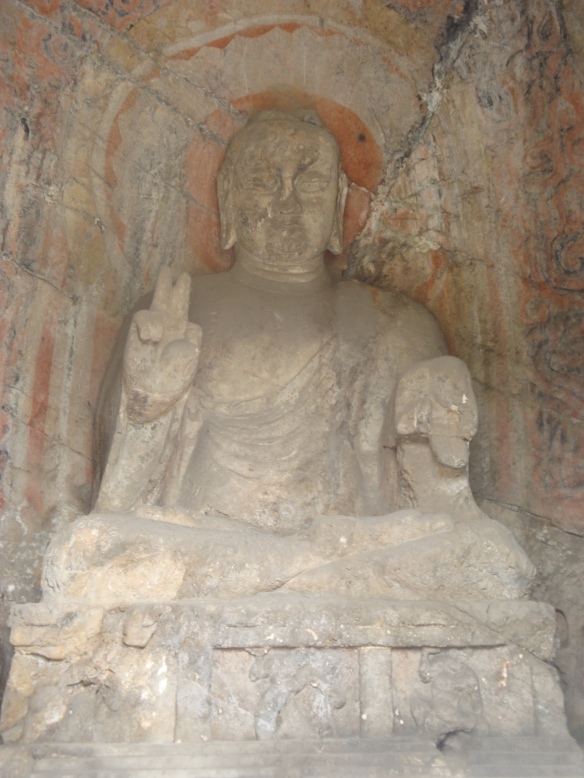Everything Mama Lundstrem has learned about safety, hygiene and fashion have been challenged by 12 days in Beijing and and Xi’an. (I thank Georgina I.for that phrase.) Some of my observations follow.
Bicycles, new BMW’s and other late model cars, pushbikes,mopeds, motorbikes, trucks, double decker buses, taxis and pedestrians are all trying to progress from a different point A to some point B. There is some structure to the navigational pattern (I’m assuming the driver knows where he is headed), but horn blowing and survival of the biggest reigns. There are often 8 lanes of traffic with all types of vehicles and pedestrians jockeying to move forward or go in the opposite direction in the SAME lane!!!! Fortunately I haven’t seen any head on collisions yet. I cross the street on a wing and a prayer, plus my head is swiveling from right to left with every step I take. That being said, there are crosswalks and the green walk signs, but if a vehicle needs to drive through the crosswalk, so be it. By the way, where are bike helmets made??? Not one of the hundreds of bikers sports a helmet!!!! Nor have I seen a seat belt in any of the dozen taxi rides that I have taken.
Pungent, unpleasant and tantalizing odors greet you the minute one ventures outside. Babies and toddlers all wear split pants and relieve themselves wherever it is convenient. For the most part public toilets mean squat toilets and no tissue or paper towels. The solution is limit your consumption of water and carry hand sanitizer. No problem there. The markets are filled with fragrant meats, noodles, curries, and other spices. We have ventured out of our comfort zone and have tried the wonderful barbecued skewered meats, and all sizes of noodles with vegetables. Our choices have ranged from 5 Star Hotel duck dinners to, skewered lamb and chicken wings from local vendors to nice sit down dinners at the Terra Cotta Warriors site. We have stayed healthy and enjoyed the various offerings, and have entertained other restaurant patrons with our very rudimentary chopstick skills. On occasion half of my dinner has ended up in my lap, and napkins are not provided.
The fashion mix and match is quite bold. All patterns and fabrics are fair game. How about pink and green paisley tops with orange striped pants or plaids with polka dots, why not? Women shop in pajamas with heels or dressed to the nines with gorgeous silk dresses and everything in between. Three inch heels are the perfect shoe choice for scaling mountains. My understanding is that the women have freedom now to wear whatever shoe they want and do not have to worry about binding their feet, and consequently shoes and shoe styles are extremely varied. Women sport “sunbrellas” to insure that their complexion remains creamy, porcelain white. When men get hot they just roll up their shirts and expose their midriff. They will soon be sporting an interesting tan line.
The headlong rush into entrepreneurial capitalism means that the faster buildings including high rises are constructed the sooner people can be piled into the buildings. Think instant cities. Beijing and Xi’an are in a frenetic state of tear downs to clear land for the high rises. Unfortunately the quality of construction and the corresponding infrastructure leave much to be desired. The bamboo scaffolding certainly inspires confidence. I doubt building codes have been invented here and if there is a building code then I am certain that a few hundred RMB judiciously paid could substitute for the code and inspection. In contrast Chinese icons and tourist destinations including Forbidden City, Summer Palace, the Terra Cotta Warrior site, the Great Wall and, Tiananmen Square are meticulously maintained and repaired on a regular schedule. The historical landmarks were built during the Imperial reigns for the Quin, Ming and Han Dynasties and the highest possible quality of construction was emphasized and expected. The landmarks are gorgeous treasures that China showcases to Chinese nationals and foreign tourists.
Our visit is approaching the end, and I am looking forward to adding another couple of comments in a subsequent post. Thanks for the opportunity to share.


















